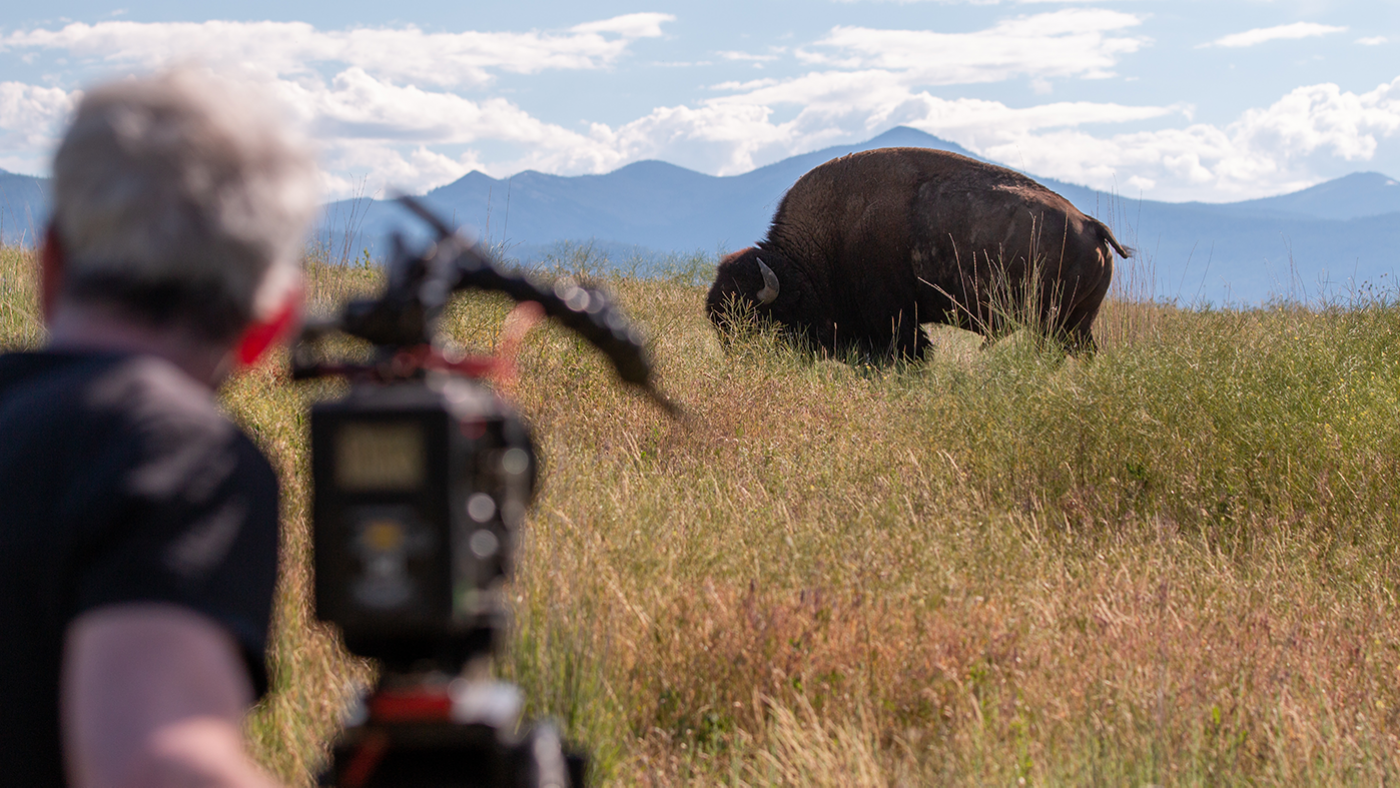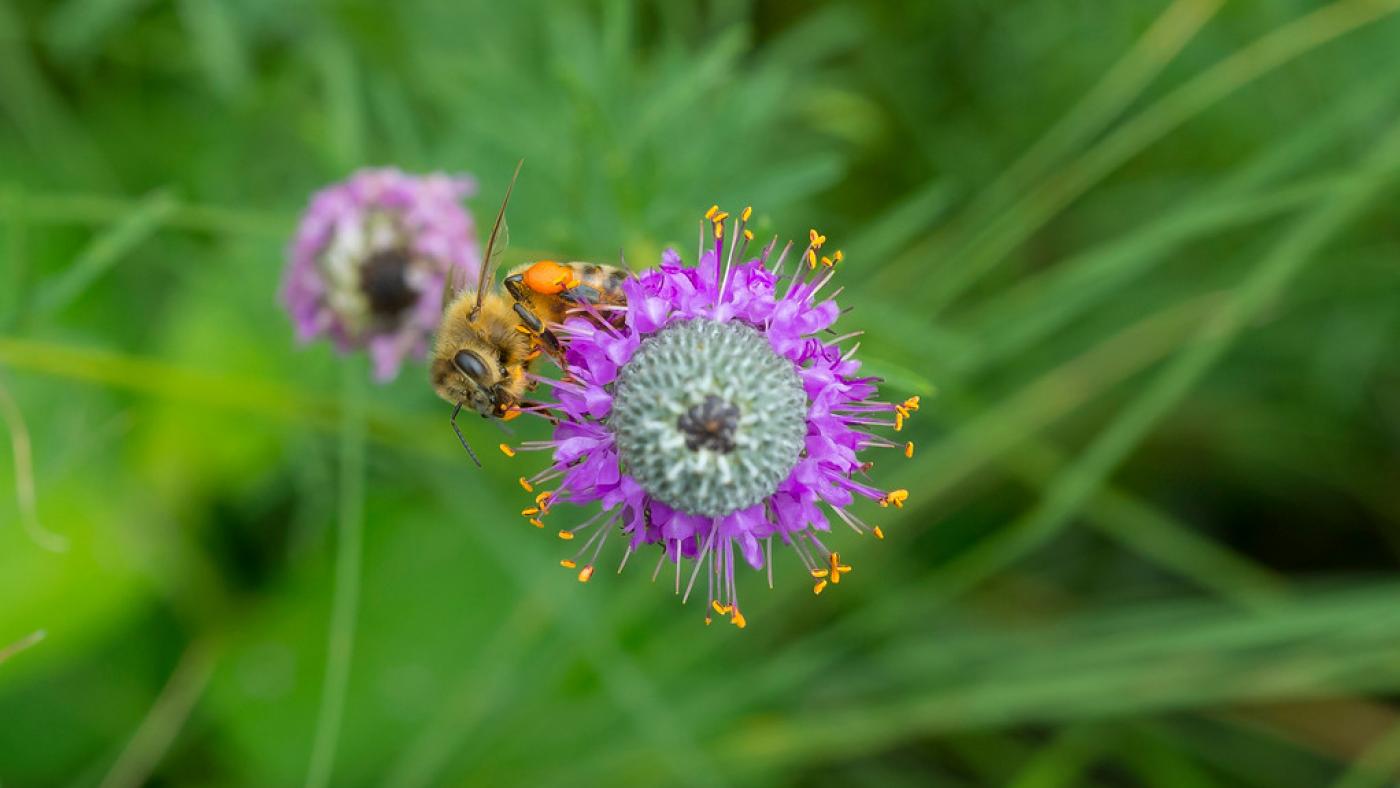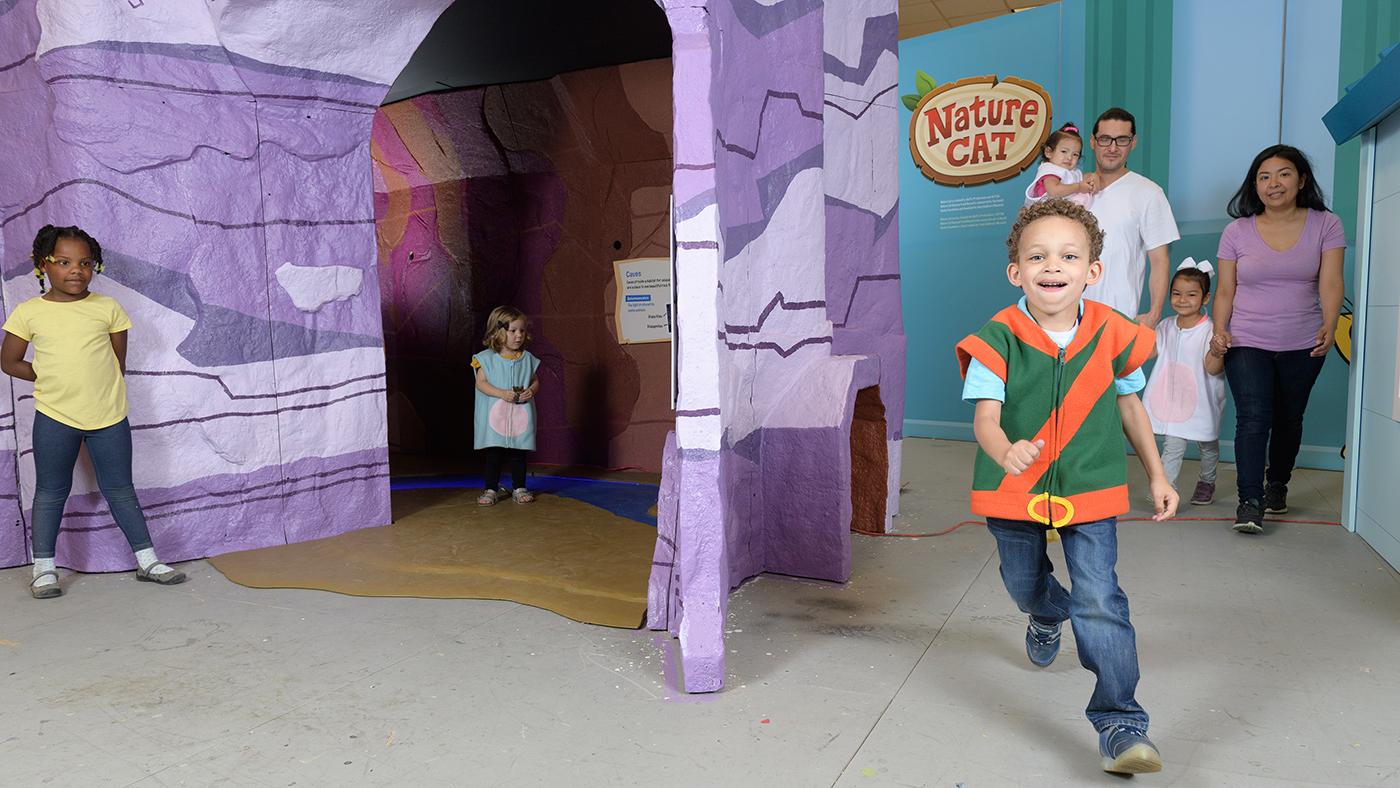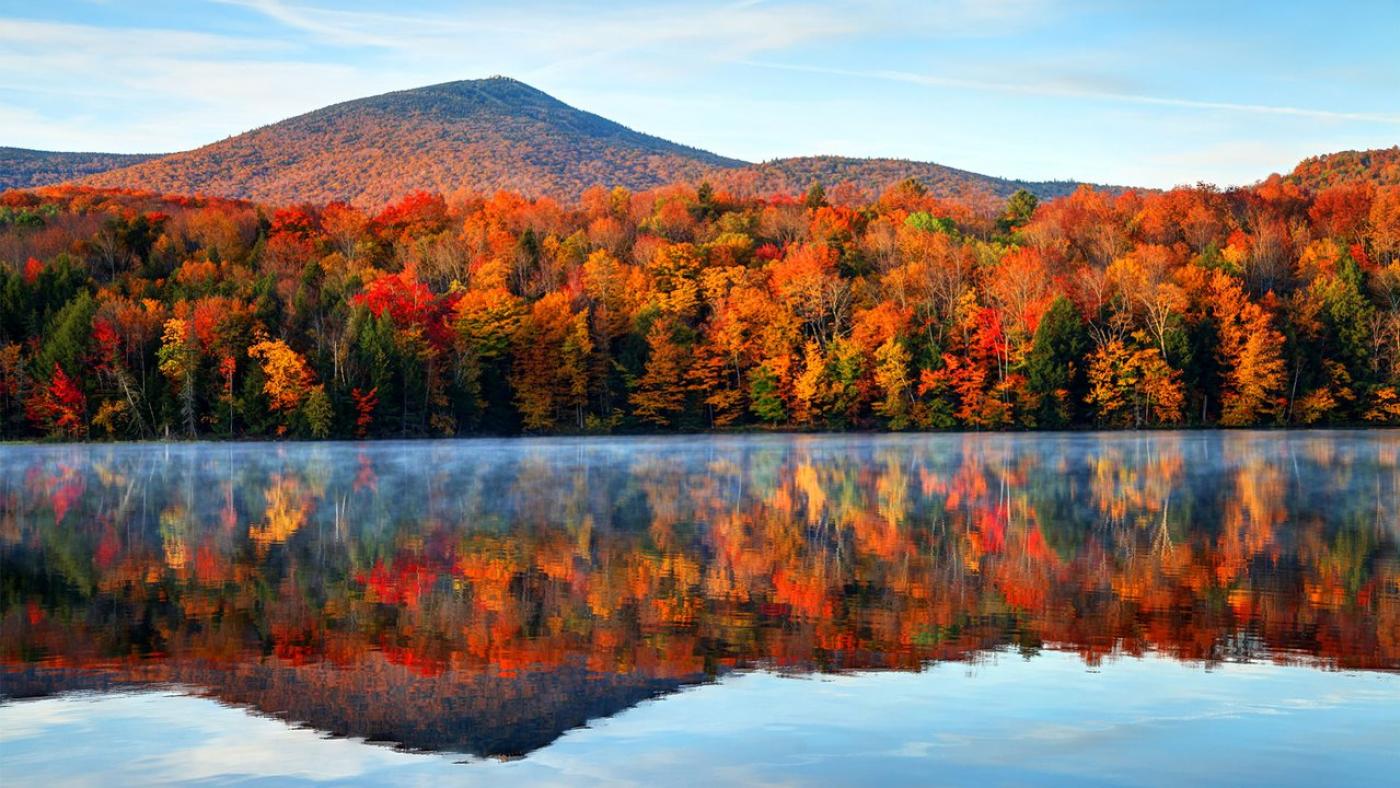11 (Give or Take) Beautiful and Notable Chicago Parks
Geoffrey Baer
April 20, 2023
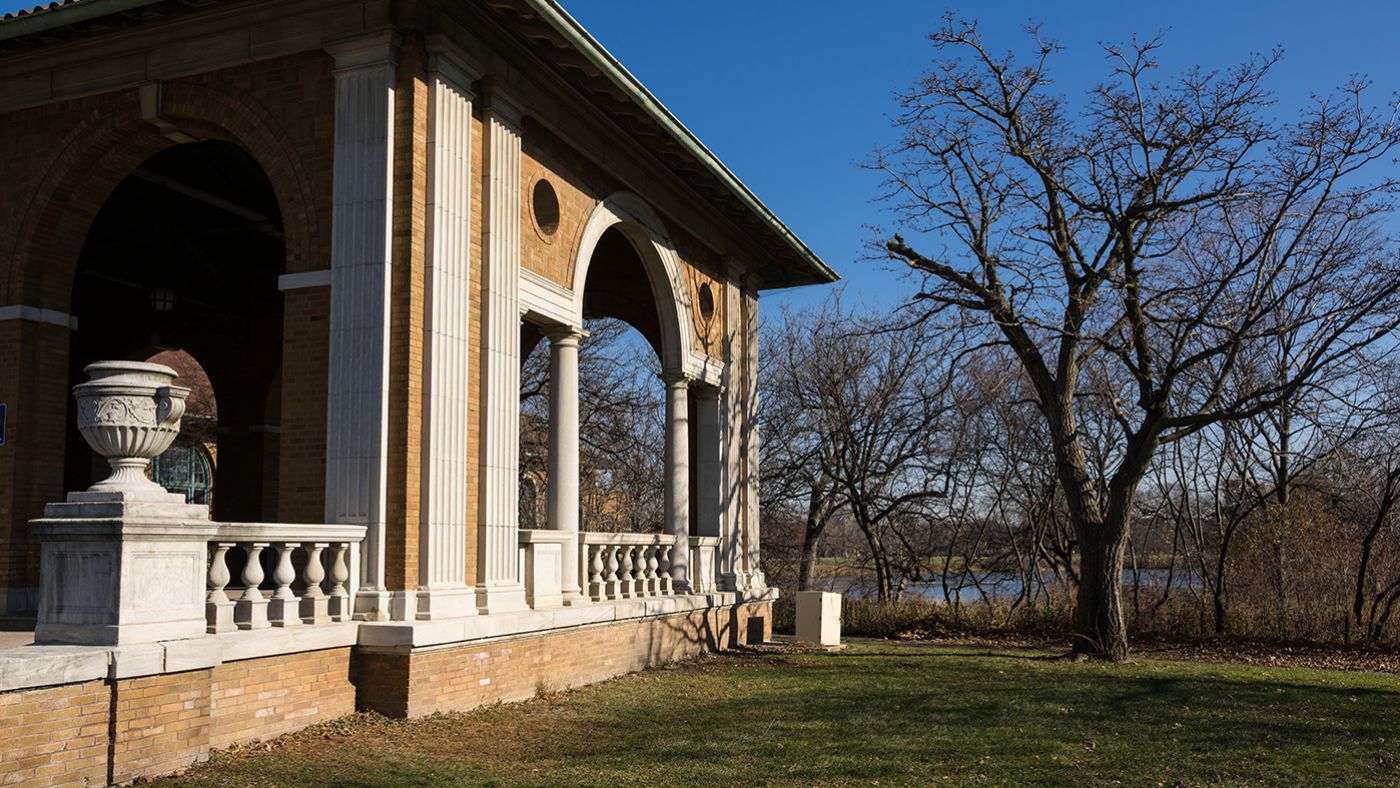
Buds are appearing on branches, the weather is warming, and flowers are beginning to bloom, so it’s the perfect time to visit Chicago’s varied parks. The city’s motto is “Urbs in Horto,” or “city in a garden,” so there’s a high standard for its parks. Fortunately, there are plenty that live up to the ideal; I think some of them are among The Most Beautiful Places in Chicago, and I included a few (Steelworkers, Palmisano, and Ping Tom Parks) in my recent special of that name. You can also see many of them from a different perspective in my program Chicago from the Air.
Fun fact: What we now know as the Chicago Park District started out as three separate districts: the Lincoln Park Commission, West Park Commission, and South Park Commission. As the city annexed more land, more districts were added until by 1930 the city had 22 park districts! They were all combined into one city-wide park system in 1934.
Here are some welcoming Chicago parks that are notable in their history, importance, unusual nature, or all of the above.
Lincoln Park
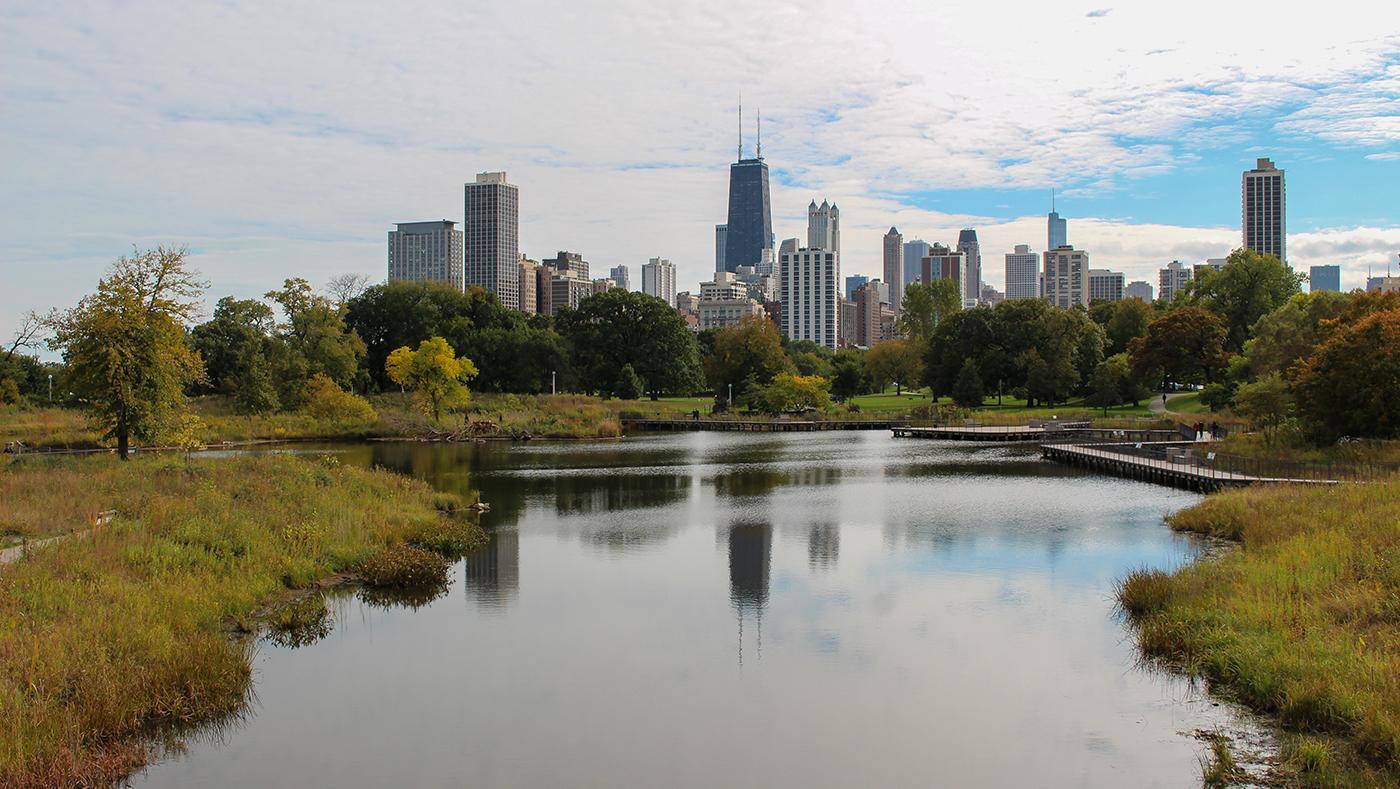 Lincoln Park started as a cemetery but has grown to encompass much of the north lakefront. Photo: WTTW/Meredith Francis
Lincoln Park started as a cemetery but has grown to encompass much of the north lakefront. Photo: WTTW/Meredith Francis
It started as a cemetery, but Lincoln Park is now full of life. Bodies were buried along the lakefront north of North Avenue beginning in the 1840s, when this was the northernmost area of Chicago. But after concerns voiced by health crusaders about the shallow lakefront graves, burials stopped in 1866 and graves were relocated to other cemeteries over time. The city had already started converting it to parkland in 1860. (A mausoleum still remains in the park, and construction projects over the years have unearthed human remains inadvertently left behind.)
Over more than a century, the park grew to stretch from North Avenue all the way up the lakefront to Ardmore Avenue in the Edgewater neighborhood. It contains the Lincoln Park Zoo, Peggy Notebaert Nature Museum, the Chicago History Museum, a famed sculpture of its namesake Abraham Lincoln by Augustus St. Gaudens, the Michelin-starred restaurant North Pond, two boat harbors, and numerous recreational opportunities.
Frederick Law Olmsted Parks
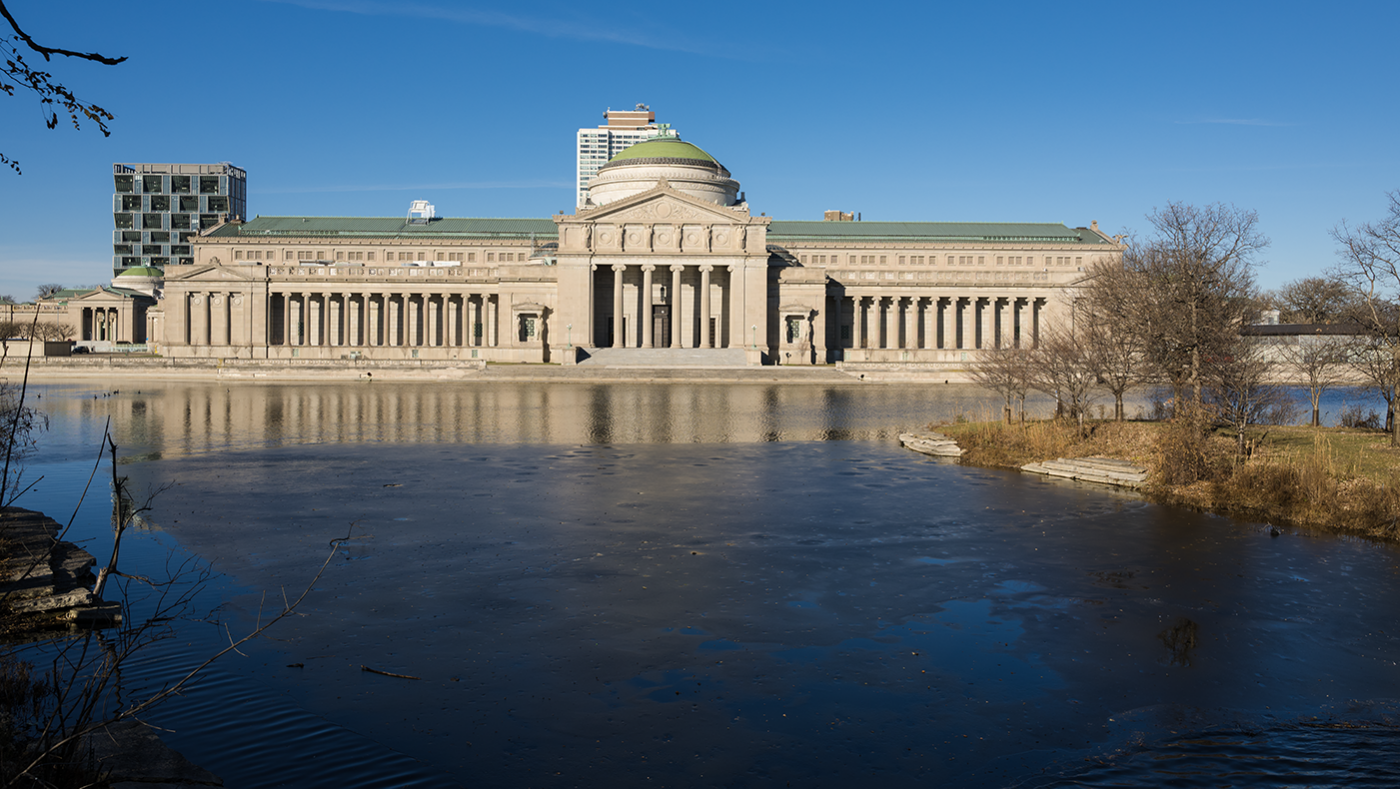 Olmsted designed lagoons for Jackson Park, which contains a vestige of the World's Columbian Exposition in the Museum of Science and Industry building. Photo: WTTW/Ken Carl
Olmsted designed lagoons for Jackson Park, which contains a vestige of the World's Columbian Exposition in the Museum of Science and Industry building. Photo: WTTW/Ken Carl
Frederick Law Olmsted is perhaps America’s most famous landscape architect, having designed Central Park in New York City with Calvert Vaux. After that success, they were hired to lay out “South Park”: two large parcels on Chicago’s South Side, connected by a canal. The two parks would eventually be named after Presidents Washington (the western park) and Jackson (the eastern portion). The canal was never built, but the parks are connected today by a green strip called the Midway Plaisance that runs through the University of Chicago.
When Chicago was chosen to host the 1893 World’s Fair, Jackson Park was selected as the site. Olmsted planned and laid out the grounds for the fair under the supervision of the Fair’s chief architect Daniel Burnham. Olmsted dredged lagoons around a tranquil Wooded Island that remains today—now with a sculpture by Yoko Ono in its Japanese Garden. The Museum of Science and Industry now occupies the only building left in Jackson Park from the Fair, the former Palace of Fine Arts. The Golden Lady sculpture is a smaller version of the monumental Statue of the Republic from the fair by Daniel Chester French, who is best known for the sculpture of Abraham Lincoln in the Lincoln Memorial in Washington, D.C.
Jackson Park contained the first public golf course west of the Alleghenies, according to the Chicago Park District, and is also the future home of the Obama Presidential Center, which is currently under construction.
Burnham also worked in Washington Park; his firm designed the buildings that now house the Du Sable Museum of African American History. Like Jackson Park, Washington Park contains an island in a lagoon. It also houses a sculpture by another contributor to the World’s Fair, Lorado Taft. His studios were located on the Midway Plaisance, and he envisioned that the boulevard would become a sculptural garden. While that never happened, he did create the ambitious Fountain of Time in Washington Park, at the end of the Midway.
South Side Neighborhood Parks
When I explored 10 Parks That Changed America for PBS, Chicago appeared on the list not for Lincoln, Washington, or Jackson Park but rather an innovative series of small neighborhood parks envisioned by Chicago’s South Park System superintendent J. Frank Foster around the turn of the twentieth century. Foster had the idea to bring parks to dense, crowded immigrant neighborhoods around the city, so that their residents could enjoy nature in their own communities instead of having to travel to one of the larger parks. And nature wasn’t all that was on offer: playgrounds were introduced for children, along with swimming pools, ball fields, recreational facilities, and America’s first fieldhouses. This new kind of park building fulfilled all sorts of needs through Chicago’s cold winters, from English classes to stage productions and health care to hot meals and showers.
McKinley Park was the first of this new kind of park, followed by a total of thirteen others across the South Side. They were designed by Frederick Law Olmsted’s sons, Frederick Law Olmsted, Jr. and John Charles Olmsted.
Jens Jensen West Side Parks
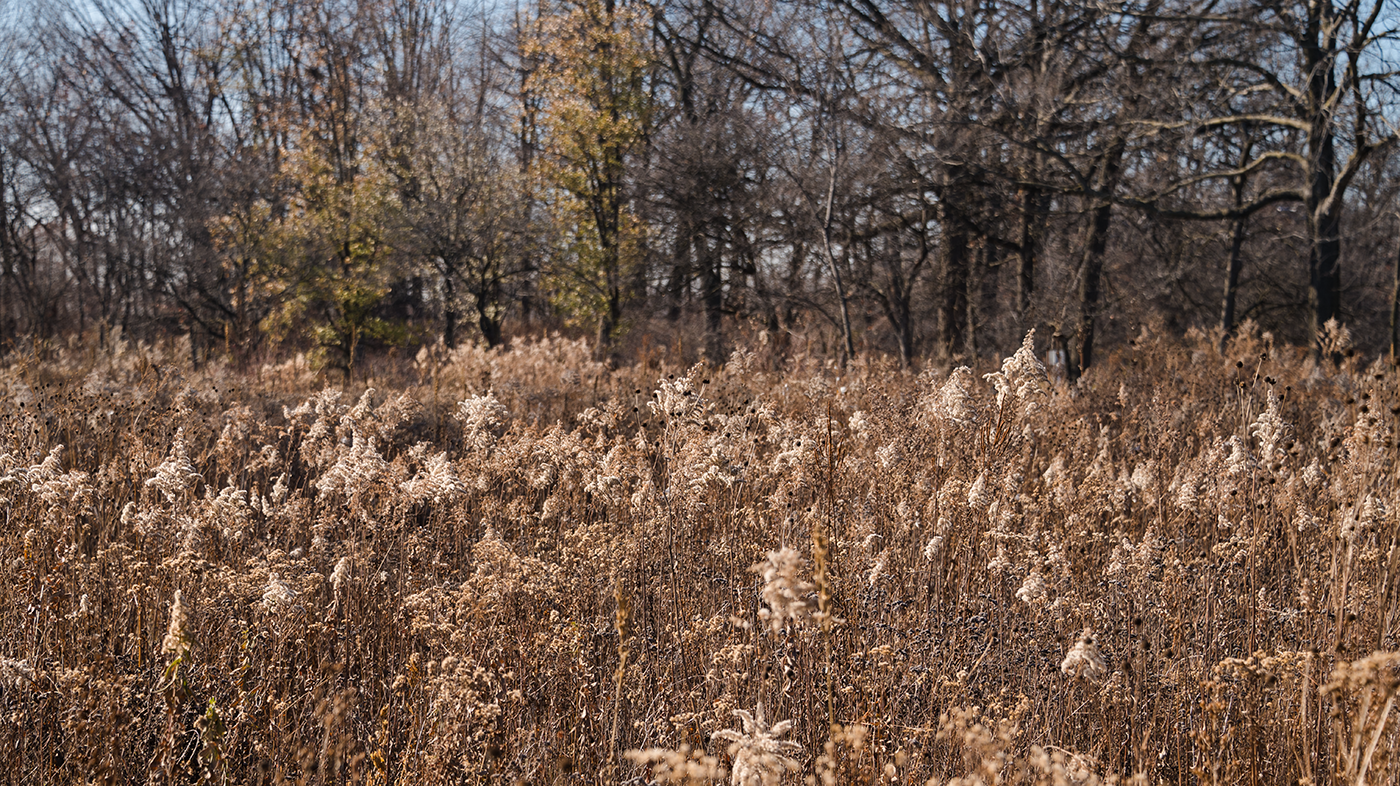 Jensen was inspired by the native Midwestern prairie in his landscape design, as at Columbus Park. Photo: WTTW/Ken Carl
Jensen was inspired by the native Midwestern prairie in his landscape design, as at Columbus Park. Photo: WTTW/Ken Carl
Jens Jensen started off in Chicago’s West Park System as a laborer before becoming superintendent of Humboldt Park, being fired for fighting corruption, then reinstated as general superintendent and chief landscape architect. He set to work improving the West Side’s three grand parks—Douglass, Garfield, and Humboldt—all of which are connected by boulevards.
The three parks had been designed by architect William Le Baron Jenney, considered the father of the skyscraper, but Jensen brought in newer architectural ideas borrowed from the burgeoning Prairie Style that focused on native Midwestern elements. He added a glass conservatory to Garfield Park modeled after a haystack; a formal garden with a Flower Hall and reflecting pool to Douglass; and a “prairie river” extension to Humboldt Park’s lagoon, among other things. His landscaping also drew on the Midwestern prairie: he filled the parks with native plants that earlier designers had considered weeds.
While those three parks didn’t originate with Jensen, Columbus Park was entirely his vision. He created another “prairie river” fed by waterfalls, as well as meadows that contain a golf course and athletic fields, and filled the park with native plants. The entire park is a National Historic Landmark, although a small portion of it was lost in the 1950s for the Eisenhower Expressway. It’s also one of Chicago Mayor-Elect Brandon Johnson’s favorite places, he recently told WTTW News.
Auburn Park
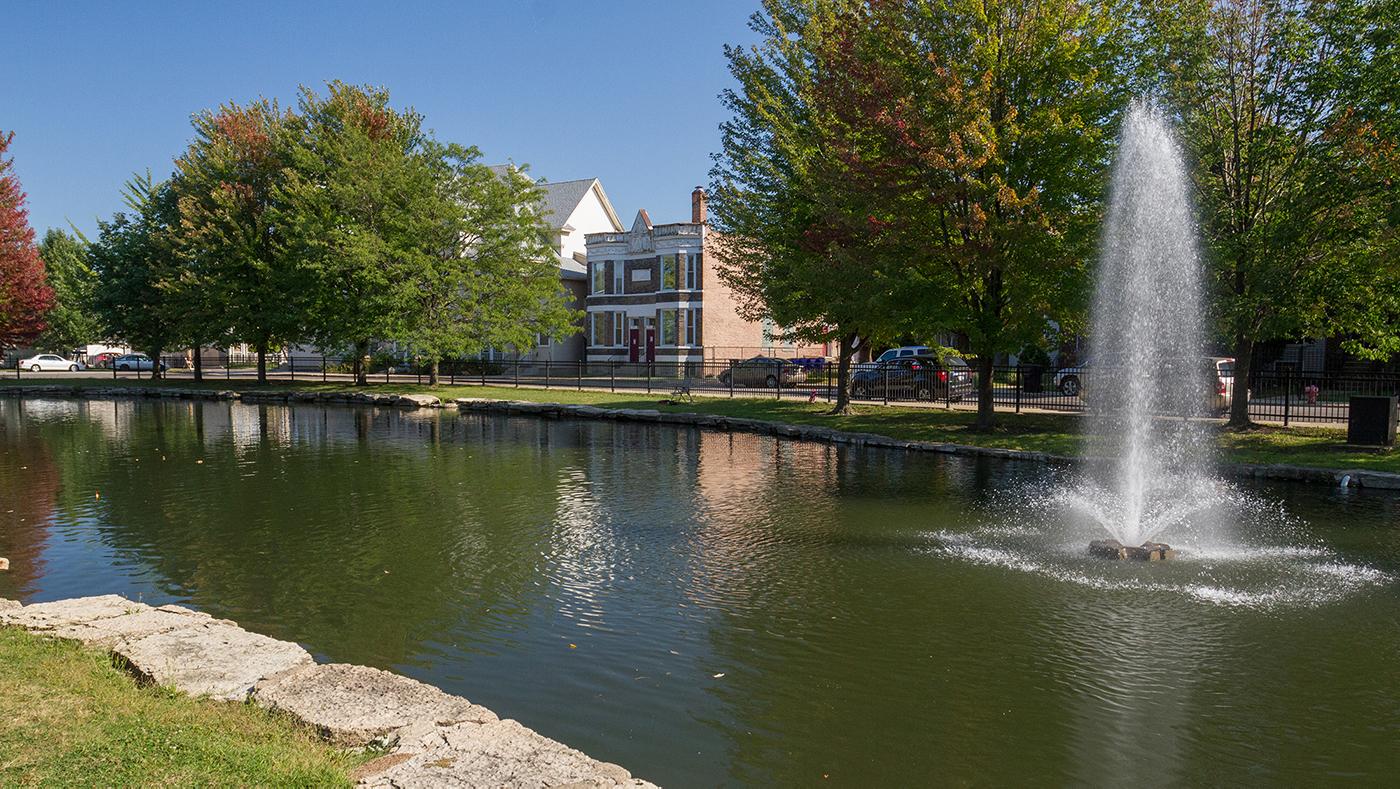 Architectural writer and photographer Lee Bey calls this lagoon "one of the most surprising spots in the city." Photo: WTTW/Alan Brunettin
Architectural writer and photographer Lee Bey calls this lagoon "one of the most surprising spots in the city." Photo: WTTW/Alan Brunettin
Architectural writer and photographer Lee Bey calls this small South Side park and lagoon “hands down—one of the most surprising spots in the city.” It was built by developers in the 1880s, taken over by the city in 1913, and subsumed into the Park District in the 1950s. Train tracks may run nearby, and the Dan Ryan Expressway is less than a mile away, but this tranquil little pocket of nature feels a world apart. You can even fish in the lagoon, which is directly faced by the houses along Winneconna Parkway.
Peterson Park
Pehr Samuel Peterson literally planted roots in Chicago after immigrating to America from Sweden: his landscape nursery located around present-day North Park provided many of the trees that shaded Chicago streets and parks, including Jackson Park for the 1893 World’s Fair. After his death in 1903, his family donated some of his land to the city to establish a municipal tuberculosis sanitarium, where patients could be isolated while also enjoying fresh air.
The sanitarium opened in 1915 and included 32 buildings—some featuring highly detailed brickwork—connected by underground tunnels, according to Atlas Obscura. Medical advances in the treatment of tuberculosis caused its obsolescence, and it closed in 1974. The city wanted to develop the area into a mall and apartments, but neighbors fought back. The site instead became a large nature preserve that also includes park fields, senior housing, a school for the developmentally disabled, and a gymnasium, among other things—many inside the stately old sanitarium buildings.
Alfred Caldwell
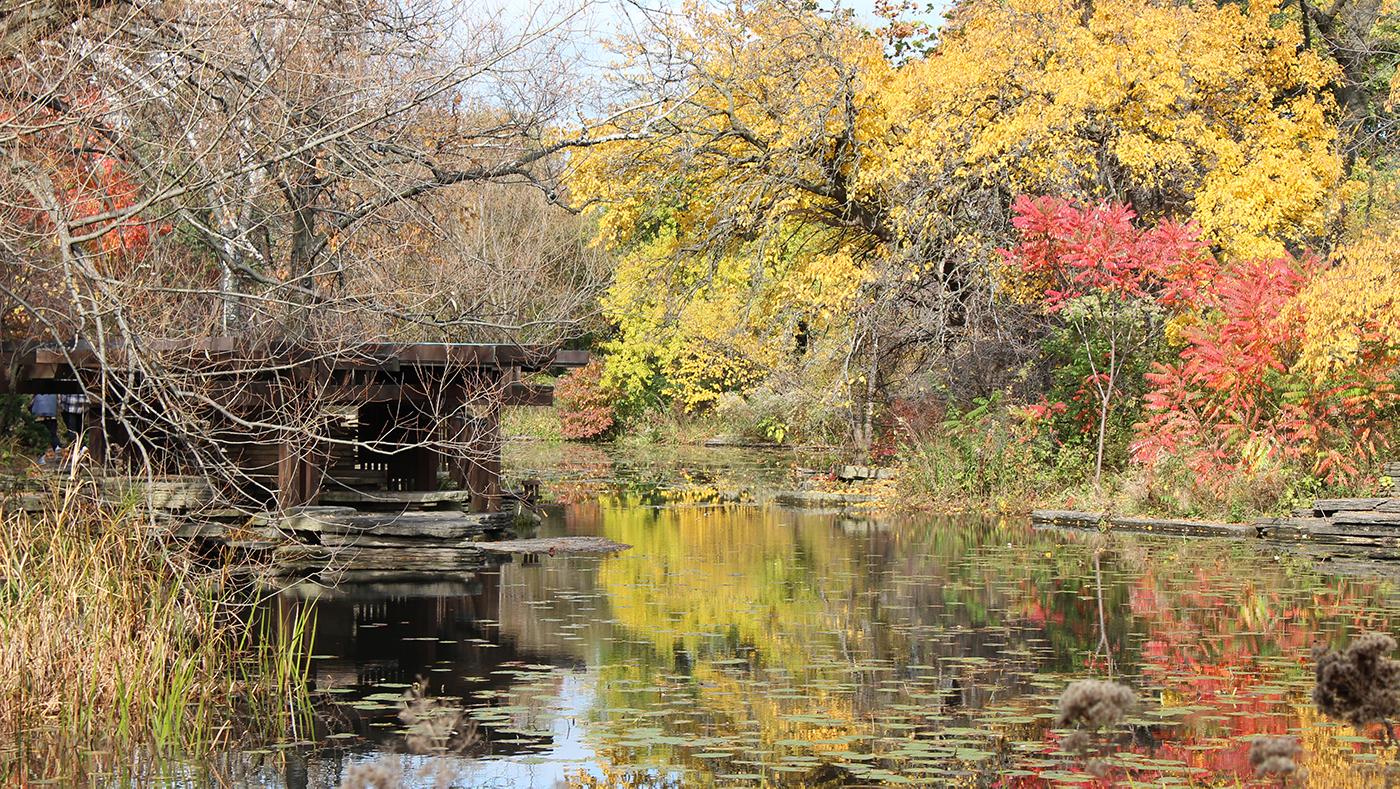 Alfred Caldwell's Lily Pool in Lincoln Park was inspired by Frank Lloyd Wright and Japan. Photo: WTTW/Meredith Francis
Alfred Caldwell's Lily Pool in Lincoln Park was inspired by Frank Lloyd Wright and Japan. Photo: WTTW/Meredith Francis
Alfred Caldwell worked under Jens Jensen and embraced his mentor’s Prairie Style approach to create some of Chicago’s most quietly beautiful landscapes. His serene, Frank Lloyd Wright- and Japanese-inspired Lily Pool in Lincoln Park turned an existing pond into a glacial river-like water feature, with stonework, native plants, and a wooden pavilion. Restored in the 2000s, it’s now a protected landmark, and one of the city’s most sublime hidden gems.
Caldwell’s popular Promontory Point on the lakefront in Hyde Park just became a Chicago landmark after a 20-year fight. It includes a meadow and native flowering trees on a piece of lake fill protected by unique limestone steps.
Caldwell also used native trees to adorn Mies van der Rohe’s neatly geometric Illinois Institute of Technology campus; and he designed a private park on top of the parking garage for residents of Lake Point Tower, a building designed by two of Mies’ students.
Grant Park, Millennium Park, Maggie Daley Park
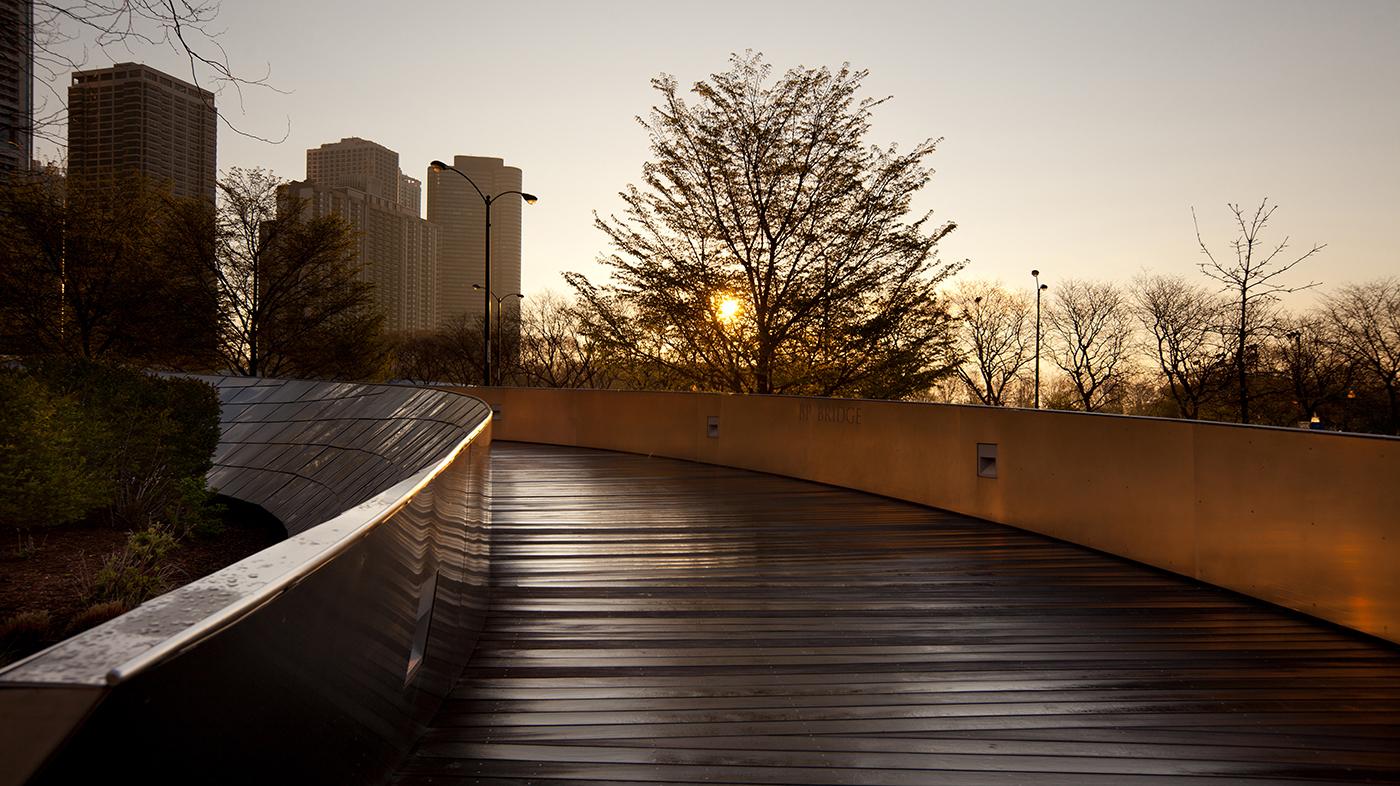 Millennium Park and Maggie Daley Park are connected by a serpentine bridge designed by Frank Gehry
Millennium Park and Maggie Daley Park are connected by a serpentine bridge designed by Frank Gehry
Even tourists are familiar with these parks that bring entertaining open space to downtown and form Chicago’s “front yard.” Grant Park traces its roots to the beginnings of the city, when land east of Michigan Avenue was designated "public ground” to forever remain vacant of buildings in 1835. Despite this, the city allowed the Illinois Central Railroad to build an enormous railyard right on the lakefront and add lake fill to expand it, in exchange for building a breakwater to protect the lakefront from erosion.
After the Great Fire of 1871, the ashes were scooped up and thrown into the lake, creating more land, which became littered with squatters camps, parade grounds and even traveling circuses. When the city proposed using the lakefront for municipal buildings, catalog magnate Montgomery Ward won a series of lawsuits that forced the city to clear the lakefront and make it a public park as the founders intended, an effort that took decades.
By the late twentieth century, the area that is now Millennium Park was still an unsightly jumble of railroad tracks and a parking lot. Plans to transform it eventually coalesced around the turn of the century, and, while Millennium Park opened four years late and cost hundreds of millions more dollars than projected, it is now one of the city’s most popular attractions. Maggie Daley Park followed several years later, a wonderland of curving paths, extensive playgrounds, and an ice rink, connected to Millennium Park by a serpentine bridge designed by architect Frank Gehry, who also designed Millennium Park’s Pritzker Pavilion.
Burnham Park
 Burnham Park stretches all the way down the lakefront to Promontory Point. Photo: WTTW/Alan Brunettin
Burnham Park stretches all the way down the lakefront to Promontory Point. Photo: WTTW/Alan Brunettin
Burnham Park is the South Side’s lakefront counterpart to the North Side’s Lincoln Park, stretching from the museum campus all the way down to Hyde Park and Promontory Point. But, as with so many other aspects of Chicago, vast disparities were evident between the North Side and South Side lakefront parks for many years. At the turn of the twenty-first century, Burnham Park was badly maintained, lacked the amenities of Lincoln Park, and was difficult to reach by pedestrians and bikers, given the lack of bridges over Lake Shore Drive and the parallel railroad tracks.
But in the past two decades, following architecture critic Blair Kamin’s Pulitzer Prize-winning work examining the disparities, many improvements like beaches, fishing piers, a harbor, bird sanctuary, and lake fill have been added to Burnham Park, as well as several pedestrian bridges. The improvements bring the park closer to its namesake Daniel Burnham’s vision for the south lakefront in his influential 1909 Plan of Chicago. Burnham proposed five manmade islands along the park, but only one was built: Northerly Island, home to the 1933 World’s Fair, the airport Meigs Field, and now a nature area and concert venue.
The 606
The 606 trail is the narrowest park on this list, at only fourteen feet wide, but it has had an outsized impact. Inspired by the transformation of unused elevated railroad tracks in New York City into the High Line, Chicago turned a former elevated freight line on the Northwest Side into a 2.7-mile long pedestrian and bike trail landscaped with plants. Opened in 2015, it has proved so popular that it has been accused of causing gentrification and rising home prices in the neighborhoods that surround it. The city council even passed an ordinance in 2021 to slow gentrification along the 606 (and also in Pilsen).
Concerns about gentrification are being taken into account as plans are made for a 1.75-mile Englewood Nature Trail on an abandoned rail spur on 59th Street, which is also hoped to kickstart development in the surrounding area.
Big Marsh Park
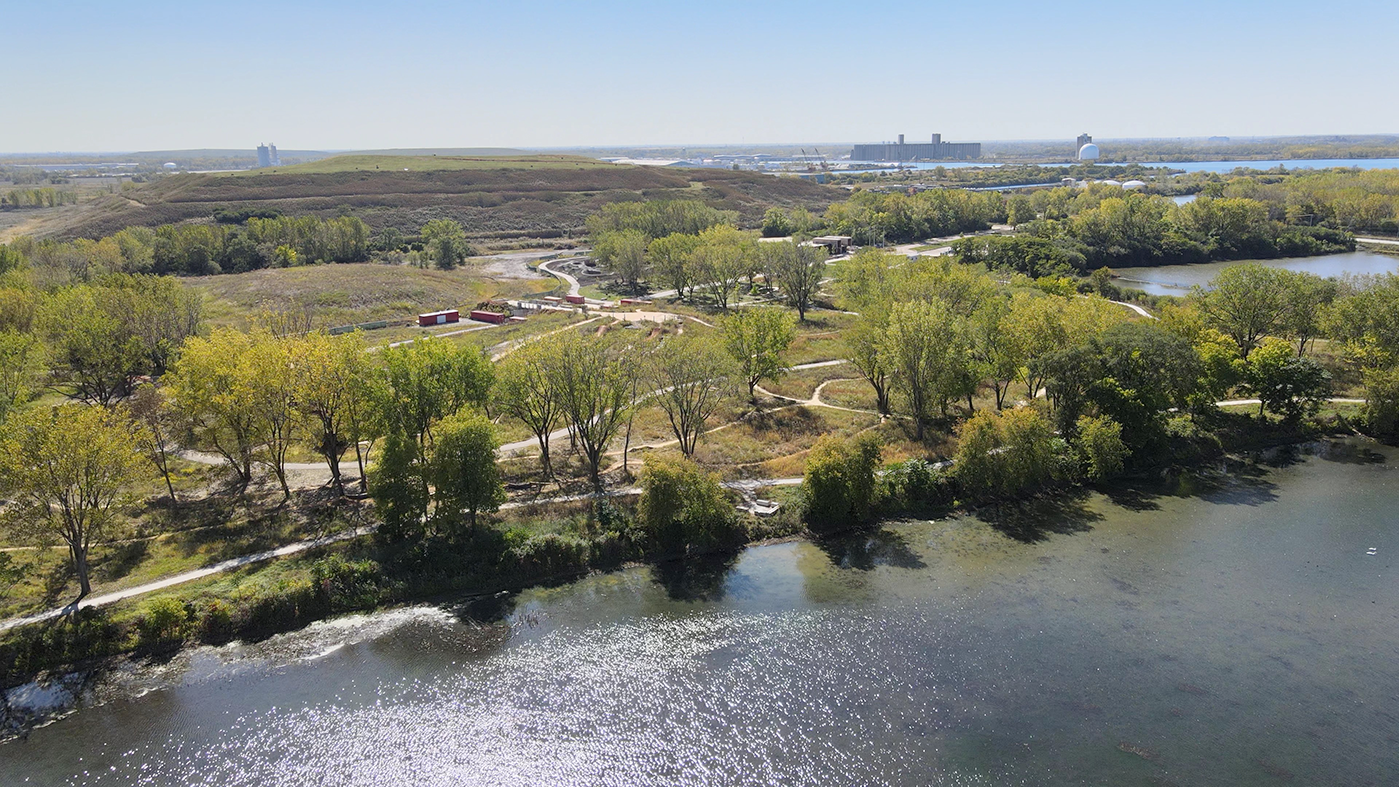 Big Marsh Park was once a dumping ground for steel manufacturers on the Southeast Side. Photo: Friends of Big Marsh Park
Big Marsh Park was once a dumping ground for steel manufacturers on the Southeast Side. Photo: Friends of Big Marsh Park
When the city built new parks in recent decades, it turned to industrial sites: Steelworkers, Palmisano, and Ping Tom Parks, as well as the 606. Big Marsh Park, one of the city’s newest, is no different. Once a dumping ground on the Southeast Side for steel manufacturers, now it is a vast wetland filled with native plants, birds, and trails. It also includes BMX bike jump lines, and will eventually be home to the city’s first campground.

